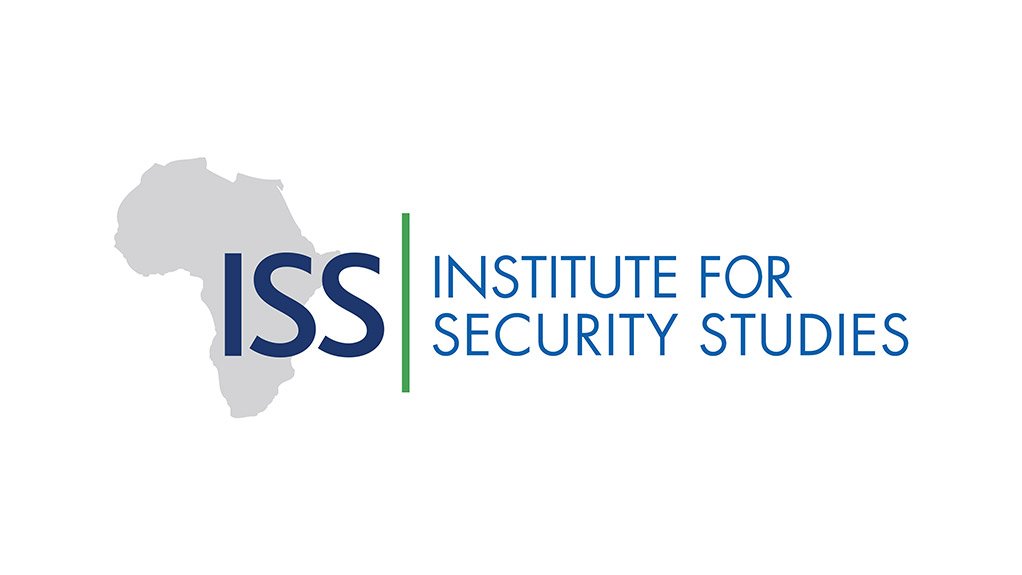Leaders attending Italian Prime Minister Giorgia Meloni’s 23 July Rome conference were invited less for their interest in migration and development than their perceived willingness to align with her hardline migration stance.
Around 20 government leaders from Africa, Europe and the Middle East gathered to discuss how to ‘govern the migration phenomenon, combat human trafficking and economic development based on a new model of collaboration between states.’ African countries represented included Egypt, Ethiopia, Libya, Mauritania, Niger and Tunisia.
Meloni said she wanted to change the narrative that migration was a right and borders didn’t exist. This flies in the face of the United Nations' global compacts on migration and refugees that uphold the rights of migrants, asylum seekers and refugees and aim to promote safe, orderly and regular movement.
Proposals to externalise European borders and bundle migration restrictions in development funding to ‘address the root causes’ of migration hark back to Italy’s engagement with North Africa on migration. This includes the co-option of Libyan militia to guard the coastline and curb migration via Libya to Italy’s shores.
In 2022, Meloni ran her far-right election campaign mainly on an anti-immigrant platform that warned against the ‘Islamisation of Europe.’ Despite her administration limiting charity rescue ships and upping penalties for smugglers, the number of migrants arriving irregularly in Italy has more than doubled since she took office.
By the time the leaders met in Rome, 113 543 migrants had arrived in Europe by boat or land since the start of 2023, a significant increase from 2022. Nearly 75% of these arrived in Italy.
The conference’s four main themes were criminal syndicates involved in trafficking, migration management, supporting refugees, and supporting development in countries of origin. But most emphasis was on irregular migration and controlling migration (specifically from Africa towards Europe). This is despite most migrants in Europe being from Europe and Asia, not Africa.
The conference followed the 16 July memorandum of understanding between the European Union (EU) and Tunisia, which was negotiated by European Commission President Ursula von der Leyen, Dutch Prime Minister Mark Rutte, Meloni and Tunisian President Kaïs Saïed. The agreement includes at least €700-million in funding to an almost-bankrupt Tunisia.
Of this funding, €150-million is for budget support, and €105-million is for ‘migration management’ to be paid directly to the Tunisian treasury. It is unlikely to trickle down to Tunisia’s 12-million people. This move has raised eyebrows given the country’s hardline migration stance, including the president’s xenophobic statements. Some European Parliament members say these engagements provide Saïed with ‘cash for migrant control’ while ignoring misgovernance and human rights abuses.
For years, the Institute for Security Studies and other organisations have warned against blurring border externalisation with migration management in ways that rely mostly on security controls. Leveraging development funding in exchange for migration cooperation has had dire outcomes for Africa. These include supporting Libyan militia and obliterating local economies in Niger without providing alternatives.
Before 2015, when migration by boat to Europe surged, Europe’s migration approaches included plans to expand ways to get visas and preserve humanitarian pathways for migrants seeking protection. These measures, combined with effective enforcement, open regular, safe routes and reduce irregular migration. However, these proposals have mostly disappeared or been coupled with securitised approaches.
As part of the EU-Tunisia agreement, the EU promised to make it easier to access ‘talent partnerships’ for highly skilled Tunisians. Already 300 spots have been offered, with a target of 700 by year-end. But this is a drop in the ocean, considering the number of Tunisians seeking to migrate to Europe. Since 2021, at least 38 750 have crossed the Mediterranean, the most of any nationality (see graph).
Source: United Nations Refugee Agency
The push factors for migration aren’t decreasing in Africa – and range from conflict and political violence to climate change. Still, Africans have fewer regular pathways as stringent migration laws limit access to legal processes. Just days after the Rome conference, the government of Niger, a major transit country for West African migrants, was overthrown in a coup. In 2022, Moroccan and Spanish border guards killed at least 23 African migrants trying to cross from Morocco in the Spanish enclave of Melilla.
Boat disasters are a regular fixture in the news. By the end of June 2023, 289 children had died this year alone while crossing the Mediterranean. Meanwhile, on the Eastern side of the Mediterranean, the Mixed Migration Centre says Saudi Arabian border forces are systematically killing East African migrants on the Eastern Route from Africa through Yemen. In 2022, a clandestine cemetery with close to 10 000 bodies of migrants was discovered in North Yemen, close to the Saudi Arabia border.
There is no accountability for any of these lives taken.
Framing migration as a threat and prioritising restrictions at all costs is counter-productive and worsens the conditions that drive people to migrate. This approach comes at severe costs to democracy, safety and lives.
Ironically, these strategies aren’t yielding much benefit for countries like Italy either. Over the past year, Italy has grappled with its rising need for workers in various sectors (mostly agriculture, tourism, manufacturing and construction). It has adopted new policies to attract immigrants, but the uptake is limited due to a stringent quota system.
Meanwhile, most African migrants – including those forced to leave their homes and seek asylum – choose neighbouring countries on the continent to settle over destinations in Europe or the Middle East.
Balancing the demands of hosting large inflows of people forcibly displaced, while leveraging the benefits of migrant labour and free movement, is top of Africa’s agenda. Steps towards free movement and trade regionally and continentally fall within this broader agenda. Despite the allure of conditional ‘investment’, African leaders must stay on this course.
Written by Aimée-Noël Mbiyozo, Senior Research Consultant, Migration and Ottilia Anna Maunganidze, Head of Special Projects, ISS Pretoria
EMAIL THIS ARTICLE SAVE THIS ARTICLE ARTICLE ENQUIRY
To subscribe email subscriptions@creamermedia.co.za or click here
To advertise email advertising@creamermedia.co.za or click here











